The Hofmeister Kink
A Simple Twist

The Hofmeister Kink is a design feature named after BMW’s chief designer Wilhelm Hofmeister during 1955 and 1970, where there is a “kink” on a car’s C-pillar or D-pillar.

The Hofmeister Kink has been on almost all BMW cars since 1960, with very few exceptions of some concept cars, the soft-top convertibles and the i3 electric car.

It’s also one of the most dominating design feature on almost any new cars, in Popular Mechanics “The 16 Best Cars of the 2017 Detroit Auto show”, 9 out 16 cars features the Hofmeister Kink.
Interestingly, Wilhelm Hofmeister may not be the one who first invented this design, the curve started to appear on some cars in 1950s such as the 1951 Kaiser, the first BMW cars to feature it were the BMW 3200CS and the BMW New Series(BMW 1500), both projects started in 1960, both premiered in the 1961 Frankfurt Motor Show. With the BMW New Series designed by Wilhelm Hofmeister and Georg Bertram, the BMW 3200CS by Nuccio Bertone, it’s hard to tell who first came up with the idea.
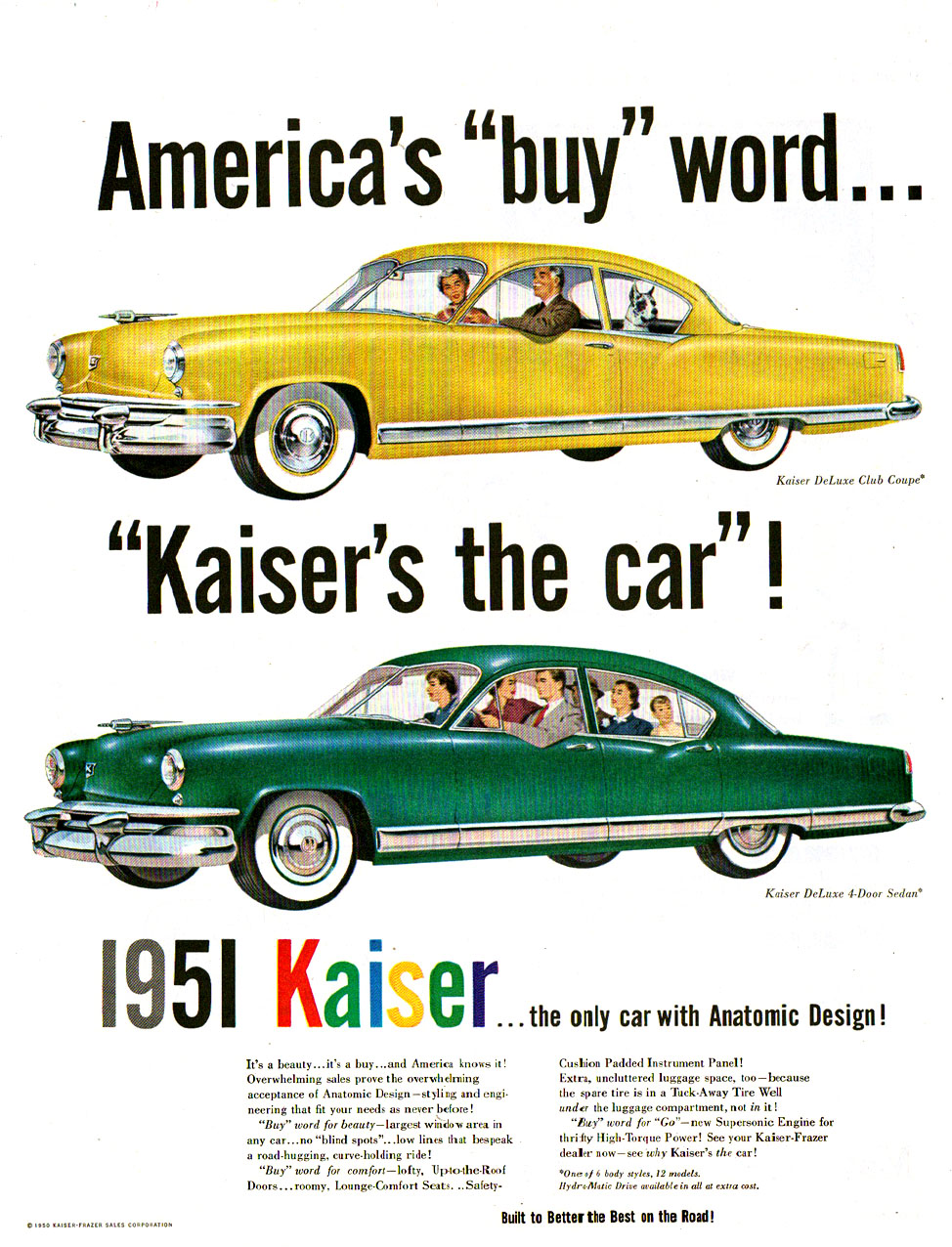

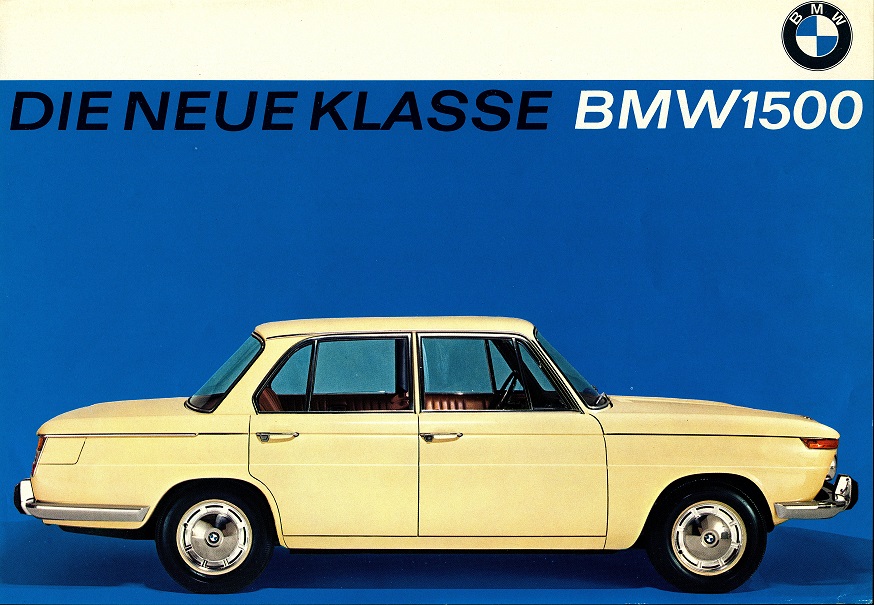
The Development of the Hofmeister Kink in BMWs
The BMW 3200CS used old technology and was a mix of BMW’s old slick body design and new “Greenhouse” cabin, starting with the New Series, the BMWs became more straight and sharp following the trend of Giorgetto Giugiaro’s “folded paper” style, the Hofmeister Kink got smaller and sharper.
Under the new chief designer Claus Luthe’s influence, the 1986 BMW E32 7 Series is the beginning of the more modern BMWs, ,the Hofmeister Kink on the E32 is more curved and starts much earlier on the C-pillar. On the 1998 E46 3 Series it was almost one continuing curve .


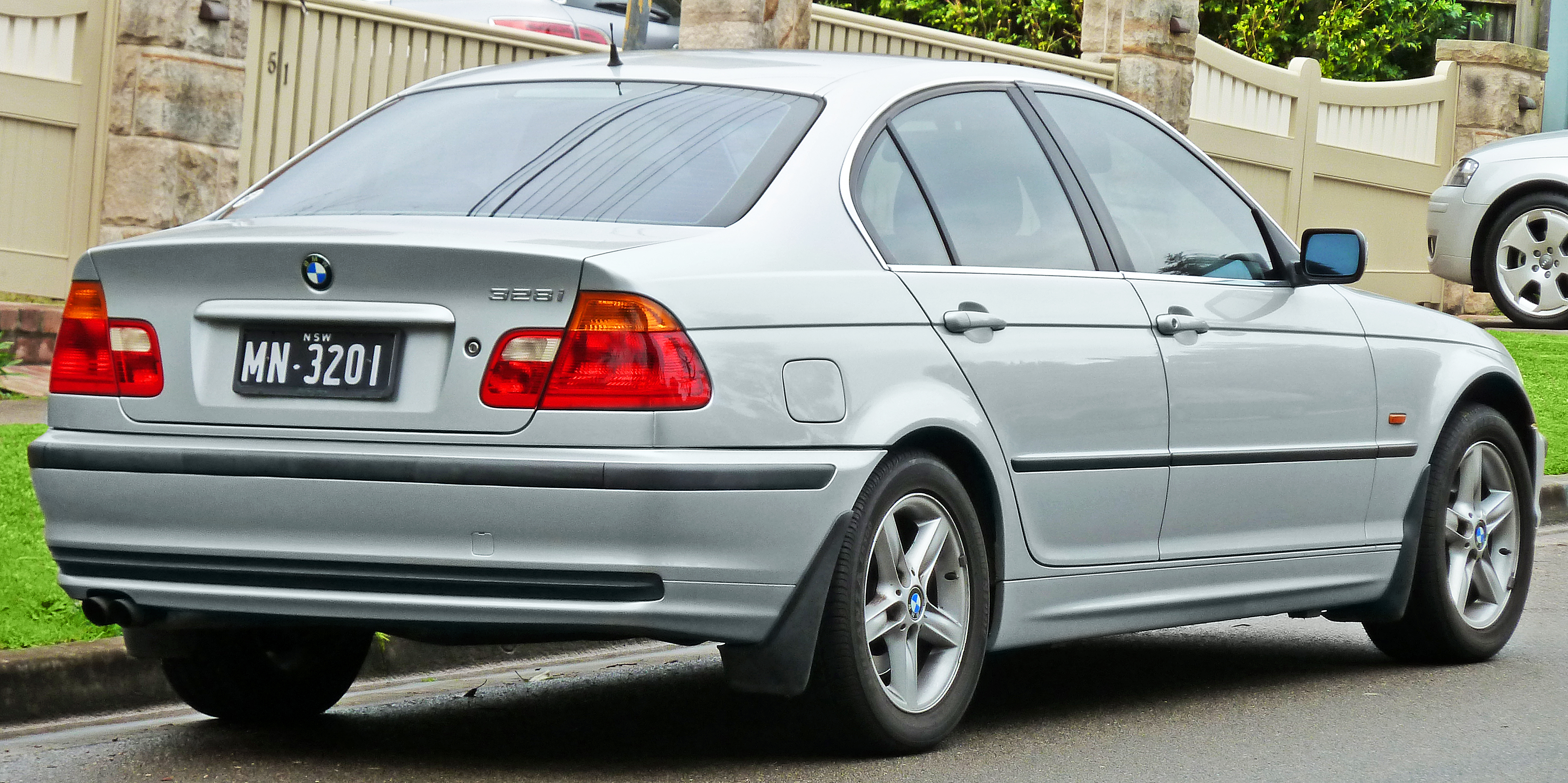
BMW’s styling went through a radical (and controversial at the time) change with Chris Bangle’s 2002 E65 7 Series, the curve started to become sharp again, along with raised window line on cars with D-pillars.


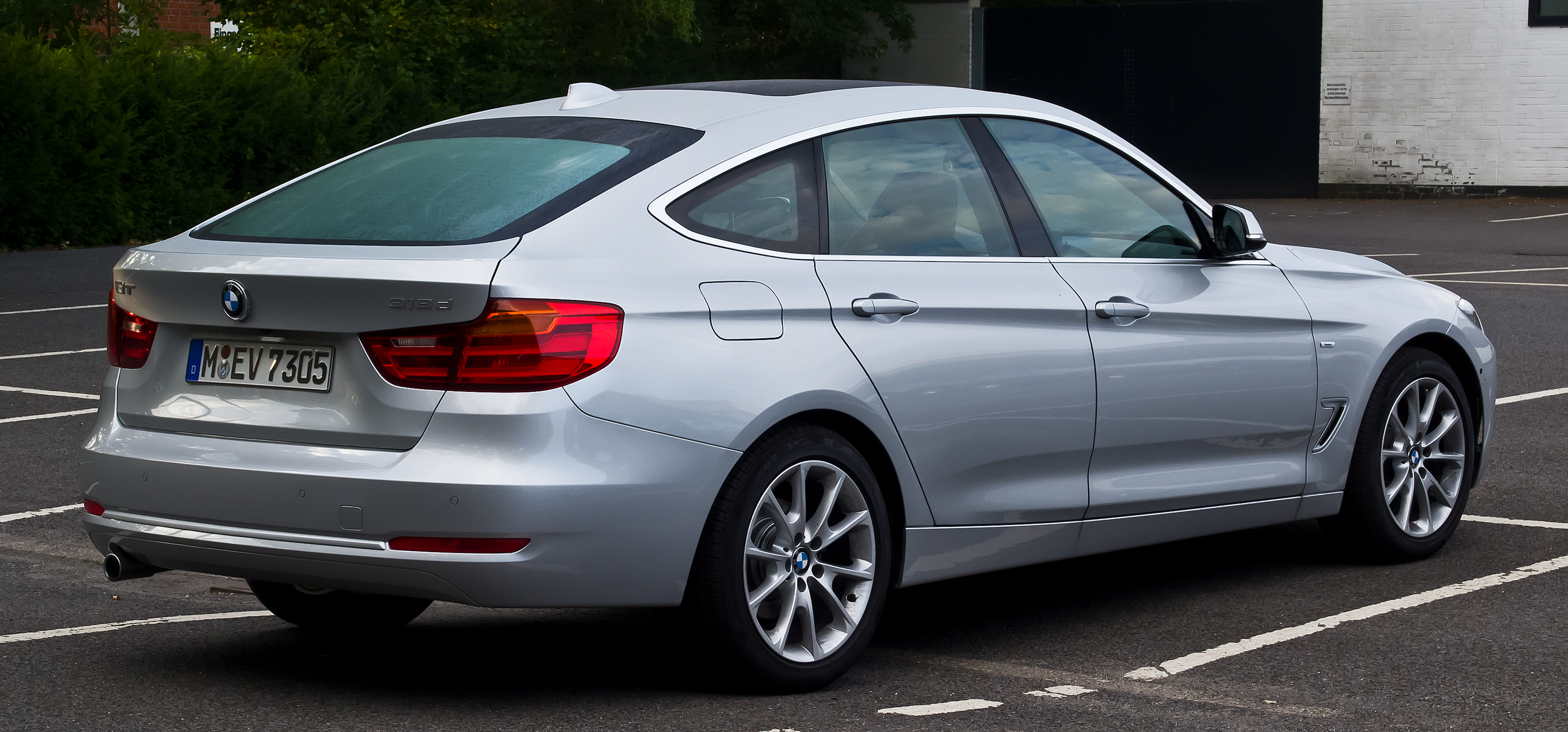
Some New Ideas
SUVs Gained huge popularity after 2000s, thanks to their high profile, some companies started to try something new, some SUVs use invisible C and D-pillars to create a “floating roof” style, or try a completely new design, like Infinity



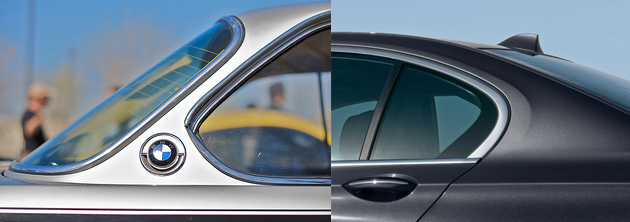
1 Comment. Leave new
Jian, very interesting article. I had no idea that there was a name for that specific design trait that has become common on many cars today. I have always been a fan of BMWs especially the 3 series model (e36,e46,e90 specifically) because I think they have one of the best shaped car bodies for any car in their price range. They have found a way to keep straight lines present in the design which avoids the car from appearing bulgy or bloated in any one part, while also adding curves and “kinks” to other features that do not necessarily play a huge role on the over all look of the car. That “kink” is exactly what keeps the car looking aggressive and in a “forward position” so to speak and I think it really adds to the cars sporty feel.